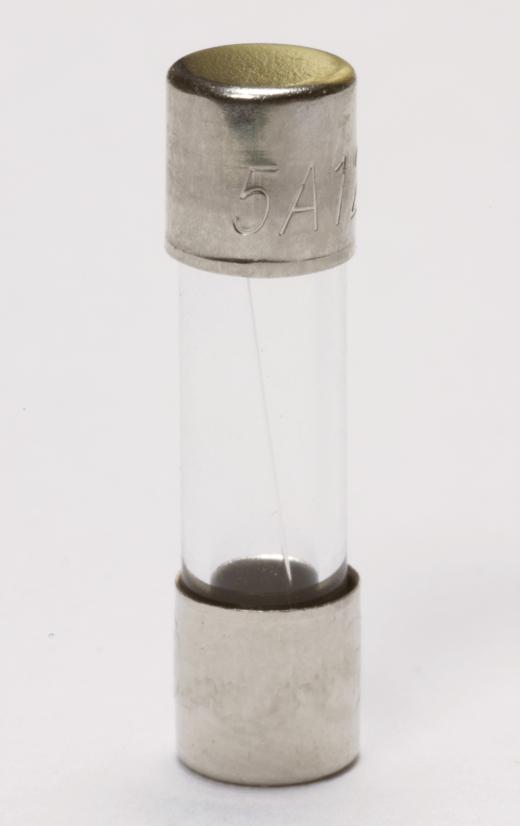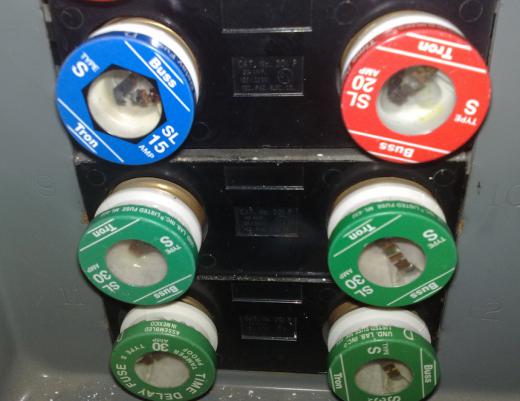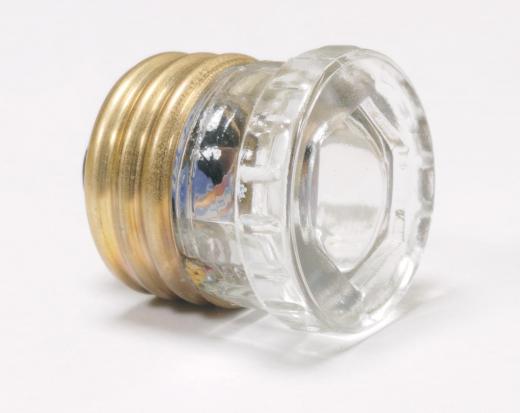A circuit breaker is an electrical device used in an electrical panel that monitors and controls the amount of amperes (amps) being sent through the electrical wiring. Circuit breakers come in a variety of sizes. For instance, 10, 15 and 20 amp breakers are used for most power and lighting needs in the typical home. Some appliances and specialty items (washers, dryers, freezers, whirlpools, etc.) will require a larger circuit breaker to handle the electrical load required to run that appliance.
If a power surge occurs in the electrical wiring, the breaker will trip. This means that a breaker that was in the "on" position will flip to the "off" position and shut down the electrical power leading from that breaker. Essentially, a circuit breaker is a safety device. When a circuit breaker is tripped, it may prevent a fire from starting on an overloaded circuit; it can also prevent the destruction of the device that is drawing the electricity.

While a number of older homes and buildings still use fuses to monitor the electrical load, almost every newer home has circuit breakers in the electrical panel. Fuses perform much the same duty as circuit breakers. However, circuit breakers are safer to use than fuses and easier to fix. If a fuse blows, oftentimes a homeowner will not know which fuse controls which specific power areas of the house. The homeowner will have to examine the fuses to determine which fuse appears to be burned or spent. The fuse will then have to be unscrewed from the fuse box and a new fuse will have to be installed.

Circuit breakers are much easier to fix than fuses. When the power to an area shuts down, the homeowner can look in the electrical panel and see which breaker has tripped to the "off" position. The breaker can then be flipped to the "on" position and power will resume again. Please note that if a breaker continues to trip after you flip it, you may have a faulty breaker, a wiring problem, or there may be an issue with an electrical device that relies on that breaker. You should leave the breaker off and consult an electrician.

The typical house these days carries either a 100 amp or 200 amp electrical service. Accordingly, the circuit breakers can be used to distribute the power properly throughout the house. Most old-time fuse boxes allotted 60 amps for an entire house. Factories, offices, and assorted other business facilities will have far greater electrical capacities. However, the power will still be distributed to a number of electrical panels (probably 200 amp panels) throughout the place of business and then distributed through 15 and 20 amp breakers to the lighting fixtures and electrical outlets.
